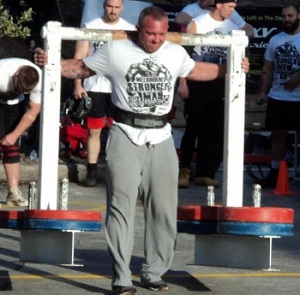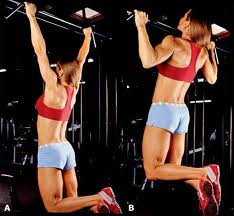Shannon Green of Warrior Performance in Australia has a thick accent. My mate Tom says, “I live here and sometimes I don’t know what he’s saying.” But the words that come out of his mouth are top notch, and he can make you a strongman. His favorite hobby is competing in strongman competitions (he also makes good coffee, but that’s neither here nor there). We did a post on how to train for strongman as a beginner, and today’s post is a sequel in that it discusses programming for someone that has transitioned into primarily training for an event.
Shannon is quick to point out that there’s no best way to train for strongman and that most guys will figure out their own unique template that they’ve adapted to. They know their body and figure out what works for them, and that’s why Shannon considers establishing “table tennis strength” important before doing heavy event training. By getting strong, the trainee will have a good understanding of how their body adapts to stress as well as experience with lifting and training. Heavy events are progressions or variants of different strength lifts, but their dynamic nature demands experience, balance, and connective tissue strength.
CONTINUE READING Continue reading





